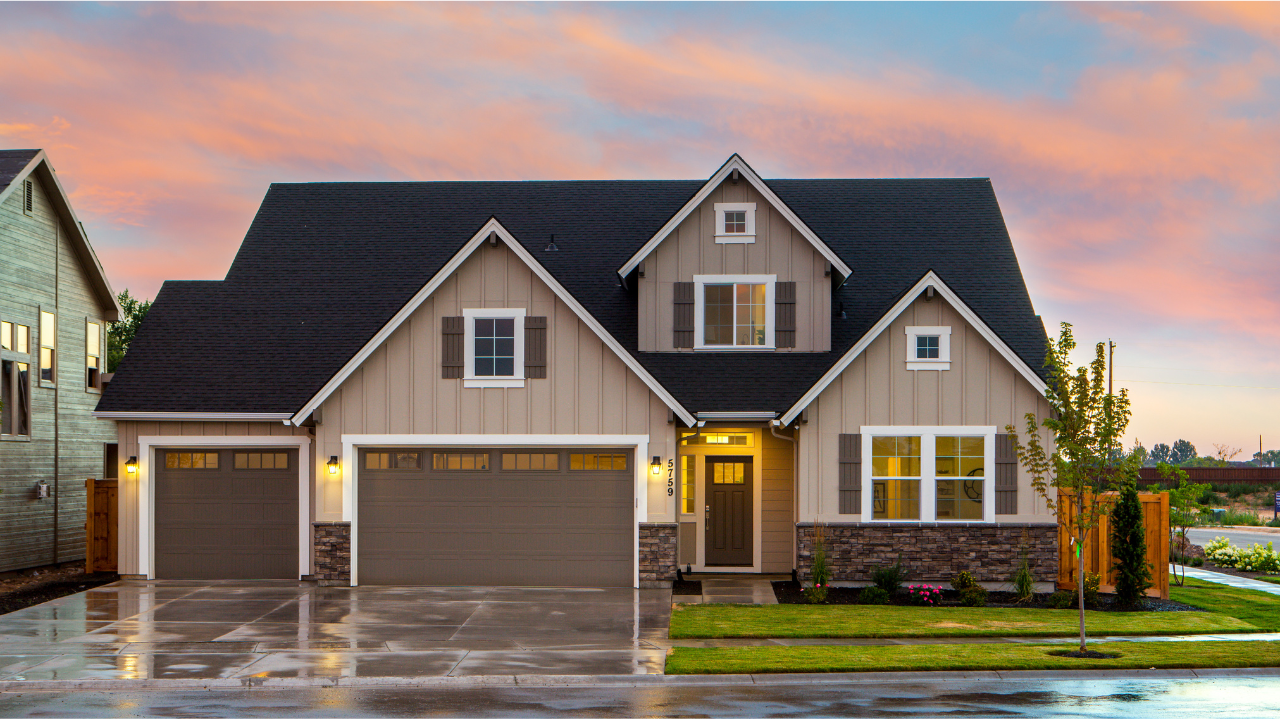Floods are often horrifying natural disasters that leave a path of devastation in their wake, seriously harming houses and other properties. Rebuilding a damaged home and recovering from flooding can be difficult and time-consuming tasks. We will go over the procedures for rebuilding a flood-damaged house to its previous splendour and recovering from a flood in this blog and sell my house fast Virginia Beach.
Evaluate Structural Integrity:
Make sure the house is structurally sound by doing a comprehensive inspection. Keep an eye out for any compromised walls, foundation shifts, or cracks that could endanger your safety.
b. Turn Off Utilities: To stop additional damage or potential dangers, turn off the main power supply, the gas and water lines. Ask for help from your utility companies if you have any questions about how to accomplish this.
c. Put on Protective Gear: To reduce exposure to possible contaminants and hazards, like mould or debris, it is imperative to put on appropriate protective gear, such as gloves, masks, and boots, when entering a flood-damaged house.
Recording the Damage
For insurance purposes, record the extent of the damage prior to starting any cleaning or restoration work. Take pictures and videos of everything that has been impacted, including any destroyed or damaged property, structural damage, and damaged personal effects.
Water Removal and Drying:
a. Pump Out Standing Water: Use pumps or wet/dry vacuums to remove any remaining standing water in the house. Keep an eye out for electrical hazards and wear the proper gear.
b. Dry Out the House: After removing any standing water, concentrate on drying out the house to stop additional damage and stop the growth of mould. Use dehumidifiers and big fans, open windows and doors to let fresh air in, and, if necessary, think about renting specialised drying equipment.
c. Remove Damaged Materials: Take out any flooring, plasterboard, carpets, furniture, insulation and other damp or damaged materials. If not taken care of and disposed of appropriately, these objects may retain moisture and encourage the growth of mould.
Evaluating and Mending Structural Damage
a. Inspections of the Foundation and Structure: Hire a qualified structural engineer or contractor to evaluate the house’s foundation and structural integrity. They are able to spot any problems—like cracks, shifts, or compromised load-bearing walls—that require quick attention.
b. Fixing Structural and Foundation Damage: Rebuilding sections of the house or reinforcing the foundation may be necessary, depending on the severity of the damage. To guarantee correct and secure repairs, collaborate with skilled contractors who specialise in flood damage restoration.
Mould remediation
Because of the moisture left behind after a flood, mould is a common problem. Both health issues and additional home damage can result from mould. Execute the subsequent actions:
a. Professional Mould Inspection: To determine the types of mould that are present in the home and to determine the extent of mould growth, hire a certified mould inspector.
b. Mould Removal and Remediation: To safely remove and clean affected areas, collaborate with skilled mould remediation specialists. This could entail getting rid of materials that have mould on them, cleaning them with specific solutions, and putting precautions in place to stop the growth of mould in the future.
HVAC and Electrical Systems:
a. Electrical System Inspection: To make sure the electrical system is safe to operate, have a licensed electrician inspect it. Floodwaters present a fire hazard and can harm electrical components.
b. Evaluation of the HVAC System: The HVAC system needs to be carefully inspected and cleaned if floodwaters have impacted it in any way. If mould growth inside the system is not properly addressed, it can lead to problems with air quality.
Renovation and Rebuilding
You can start the process of renovating and rebuilding the house after it has been cleared of mould, is structurally sound, and has had the required systems fixed. This could consist of:
a. Wall and Flooring Replacement: Replace damaged plaster or plasterboard with new flooring materials, such as hardwood, laminate or tile.
b. Interior Repairs: Replace or mend broken appliances, cabinets, and fixtures as needed. To stop further water damage, make sure the right insulation and moisture barriers are installed.
c. External Repairs: Replace or repair harmed siding, windows, doors, and roofing. Make sure the right waterproofing techniques are used to keep the house safe from flooding in the future.
d. Drainage and Landscaping: Assess the drainage and landscaping around the residence. Make the required upgrades, such as utilising landscaping techniques that resist flooding, grading the land away from the foundation, and installing appropriate drainage systems.
Conclusion
Rebuilding a damaged home and recovering from flooding can be difficult and time-consuming tasks. It calls for meticulous preparation, specialised knowledge, and endurance. You can rebuild your flood-damaged home and create a secure and comfortable living space once more by taking the required actions, putting safety first, and working with qualified professionals. Throughout the process, don’t forget to get advice from insurance companies, local government agencies, and reliable contractors to make sure you are following the right procedures and local laws and flood homes for sale..
